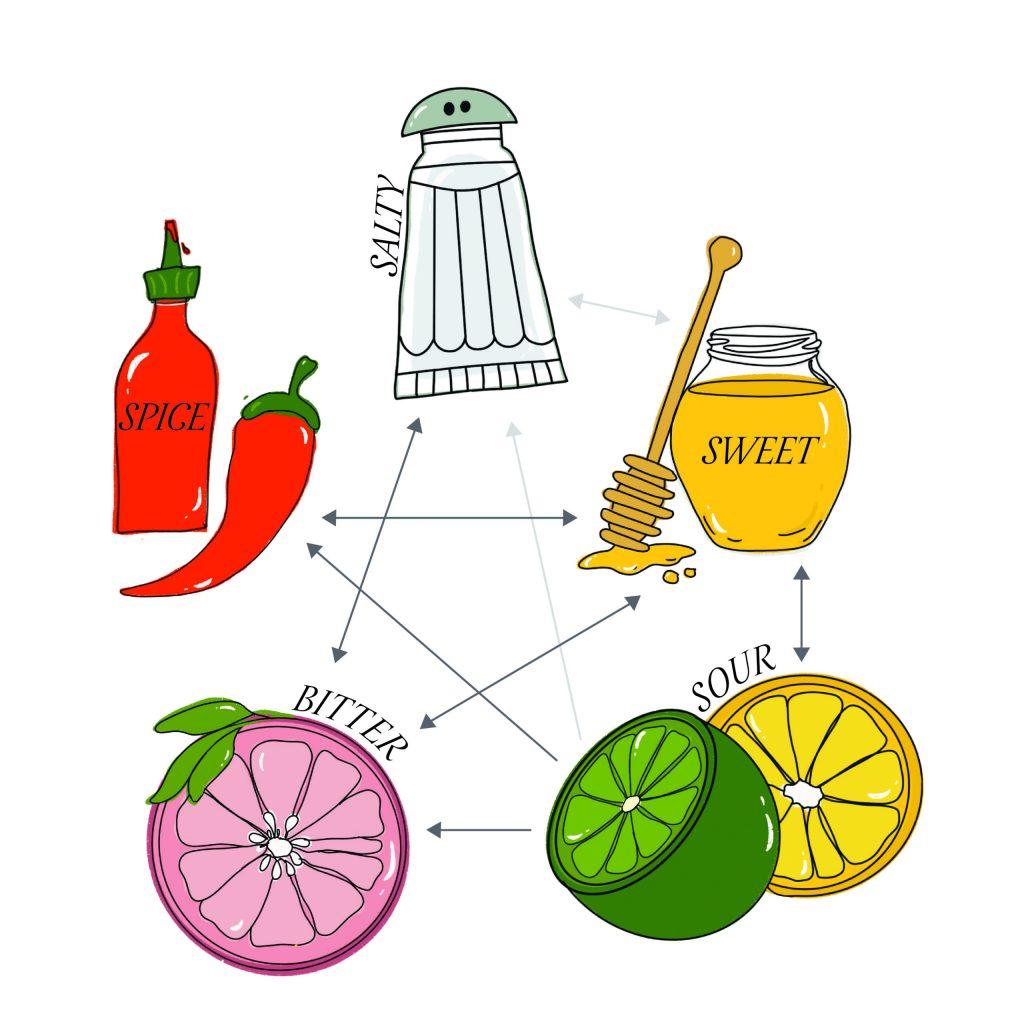Delving into the realm of solo dining can be a thrilling adventure, but navigating the waters of managing a food budget for one can sometimes feel like a daunting task. Whether you are a culinary enthusiast seeking ways to savor delicious meals without breaking the bank or a busy professional aiming to balance convenience and cost-effectiveness in the kitchen, mastering the art of budgeting for one can unlock a world of culinary possibilities. Join us on a journey as we explore practical tips, creative meal ideas, and insightful strategies to help you craft a tailored food budget that suits your lifestyle and tastes. Embark on this flavorful expedition and discover how you can relish every bite while keeping your wallet happy.
Table of Contents
- Navigating Food Costs Solo: Tips for Budgeting as a Party of One
- Smart Strategies to Save on Single-Serve Meals
- Maximizing Flavor on a Budget: Delicious and Affordable Recipes for One
- Savvy Shopping Tips for One: Making Your Food Budget Work Harder
- Q&A
- The Conclusion


Navigating Food Costs Solo: Tips for Budgeting as a Party of One
In the realm of solo dining, mastering the art of food budgeting can be a game-changer. To navigate the culinary landscape efficiently and economically, it’s essential to have a strategy in place. One powerful tip is meal planning. By mapping out your meals for the upcoming week, you can pinpoint exactly what ingredients you need, reducing the chances of impulse purchases.
Embrace versatility in your pantry staples. Opt for ingredients that can be used in multiple recipes to stretch your budget further. For instance, items like rice, beans, and pasta are not only budget-friendly but also incredibly versatile, allowing you to create a variety of delicious dishes without breaking the bank. By building your meals around these flexible ingredients, you can savor a wide range of flavors while keeping your expenses in check.

Smart Strategies to Save on Single-Serve Meals
One way to cut costs on single-serve meals is to plan your meals in advance. By creating a weekly menu, you can buy ingredients in bulk, reducing overall expenses. **Buy versatile ingredients that can be used in multiple recipes to avoid waste and save money on groceries. For example, rice, beans, and frozen vegetables can be incorporated into various dishes, offering both nutritional value and affordability.***
Another tip is to cook in batches and freeze individual portions for later use. This not only saves time during busy weekdays but also prevents the temptation of ordering takeout. Preparing meals in advance ensures that you have healthy and budget-friendly options readily available when hunger strikes. Creating a meal prep schedule can streamline your cooking process and help you stick to your food budget for one without sacrificing taste or quality.

Maximizing Flavor on a Budget: Delicious and Affordable Recipes for One
When it comes to cooking for yourself on a budget, there are plenty of ways to create delicious meals without breaking the bank. With a bit of creativity and smart shopping, you can maximize flavor without sacrificing taste or quality. Whether you’re a busy student, a solo adventurer, or simply enjoy a cozy night in, these affordable recipes for one will satisfy your cravings without emptying your wallet.
Quick and Easy One-Pot Pasta: Create a satisfying meal in no time with a simple one-pot pasta recipe. Boil your favorite pasta in a pot of water, then add in some diced tomatoes, fresh basil, garlic, and a sprinkle of parmesan cheese for a burst of flavor. Let it simmer until the pasta is cooked to perfection, and voila – a budget-friendly dish that’s both tasty and convenient.
Budget-Friendly Veggie Stir-Fry: Whip up a nutritious stir-fry using affordable veggies like bell peppers, broccoli, and carrots. Sauté them in a hot pan with a splash of soy sauce and a hint of ginger for a flavorful twist. Serve over a bed of steamed rice for a filling and healthy meal that won’t cost you a fortune. Check out the simple table below for a quick overview of the ingredients needed for this flavorful dish:
| Ingredients | Quantity |
|---|---|
| Bell Peppers | 1 |
| Broccoli | 1 cup |
| Carrots | 2 |
| Soy Sauce | 2 tbsp |
| Ginger | 1 tsp |
Opt for cost-effective ingredients that are versatile and can be used in multiple dishes. Buying in bulk when possible and utilizing frozen or canned goods can also help stretch your budget further. Don’t forget to explore discount stores, farmer’s markets, and digital coupons to find the best deals on quality products. With a little planning and creativity, you can make your food budget work harder without sacrificing taste or nutrition.
Q&A
**Q&A: Food Budget for One**
Q: How can I create a realistic food budget for myself as a single person?
A: Creating a food budget tailored to your needs starts with understanding your eating habits, setting financial boundaries, and exploring cost-effective meal options.
Q: What are some tips for sticking to a food budget when cooking for one?
A: Planning your meals in advance, buying in bulk when possible, and embracing leftovers can all help stretch your food budget and reduce waste.
Q: How can I balance eating well on a limited budget as a single individual?
A: Opt for nutritious yet affordable staples like whole grains, legumes, and seasonal produce. It’s also important to plan your meals around sales and discounts to make the most of your budget.
Q: Are there any resources or tools that can help me track my food spending as a single person?
A: Utilizing budgeting apps, keeping a detailed grocery list, and tracking your expenses can provide valuable insights into your food spending habits and help you make adjustments as needed.
Q: What are some creative ways to save money on groceries without compromising on quality or taste?
A: Consider buying generic brands, using coupons, shopping at local markets, and incorporating meatless meals into your diet to save money while still enjoying delicious and nutritious food options.
Q: How can I avoid the temptation of eating out and overspending on food as a single person on a budget?
A: Meal prepping, cooking in batches, and setting realistic goals for dining out can help curb unnecessary spending and encourage mindful eating practices within your budget constraints.
The Conclusion
As you embark on your journey to master the art of managing a food budget for one, remember that small changes can lead to significant savings. By planning your meals, being mindful of wasting food, and exploring budget-friendly recipes, you can not only save money but also savor delicious meals tailored just for you. Your food budget for one doesn’t have to limit your culinary adventures; instead, let it spark your creativity in the kitchen and empower you to eat well without breaking the bank. Here’s to relishing every bite on a budget that nourishes both body and wallet. Happy cooking and budgeting!




0 Comments